The researchers fielded two surveys in New Jersey during the pandemic and included questions on what respondents did with time saved from not commuting as well as which activities they wished to see continue after the pandemic subsided.


The researchers fielded two surveys in New Jersey during the pandemic and included questions on what respondents did with time saved from not commuting as well as which activities they wished to see continue after the pandemic subsided.
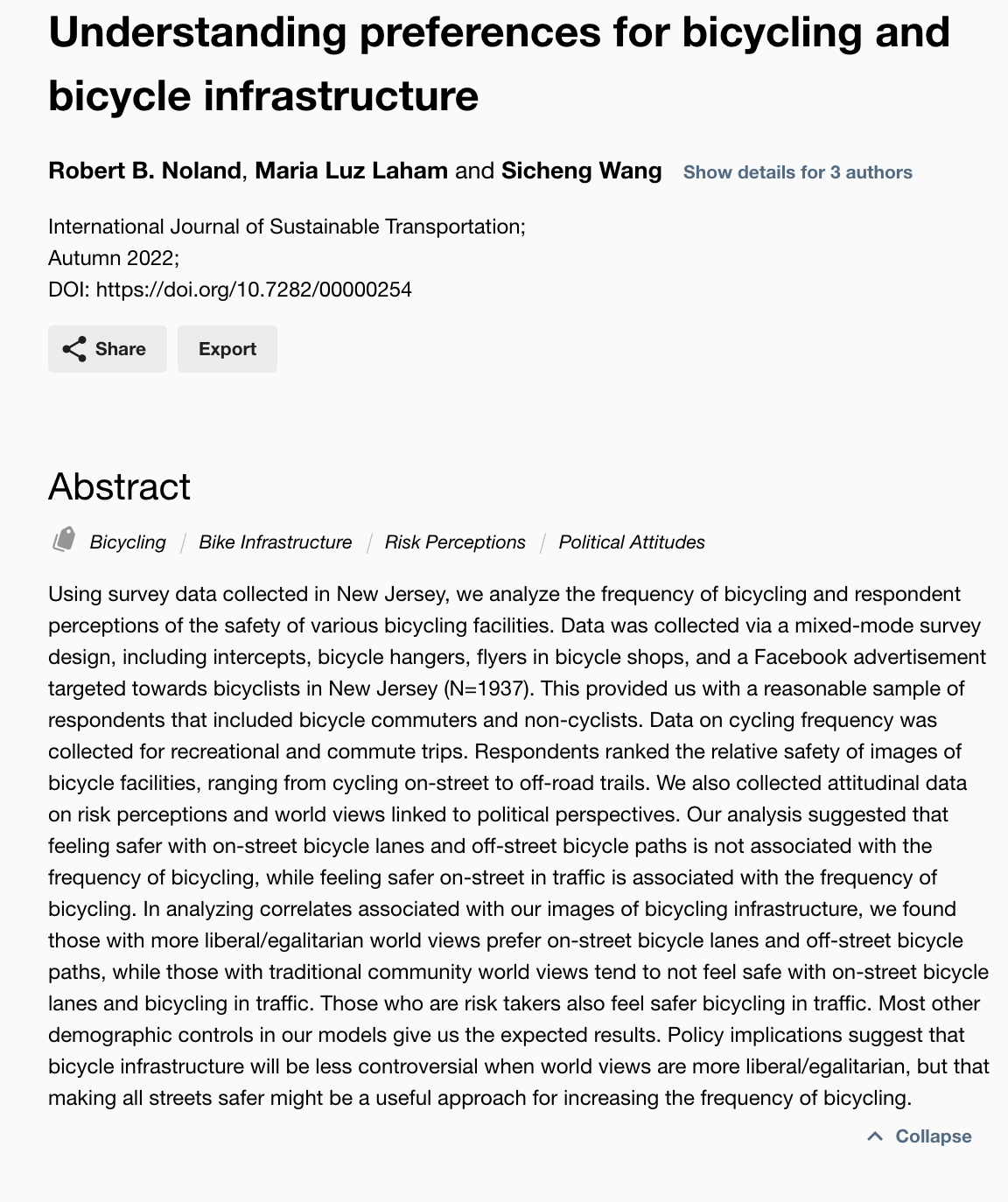
Using survey data collected in New Jersey, we analyze the frequency of bicycling and respondent perceptions of the safety of various bicycling facilities.
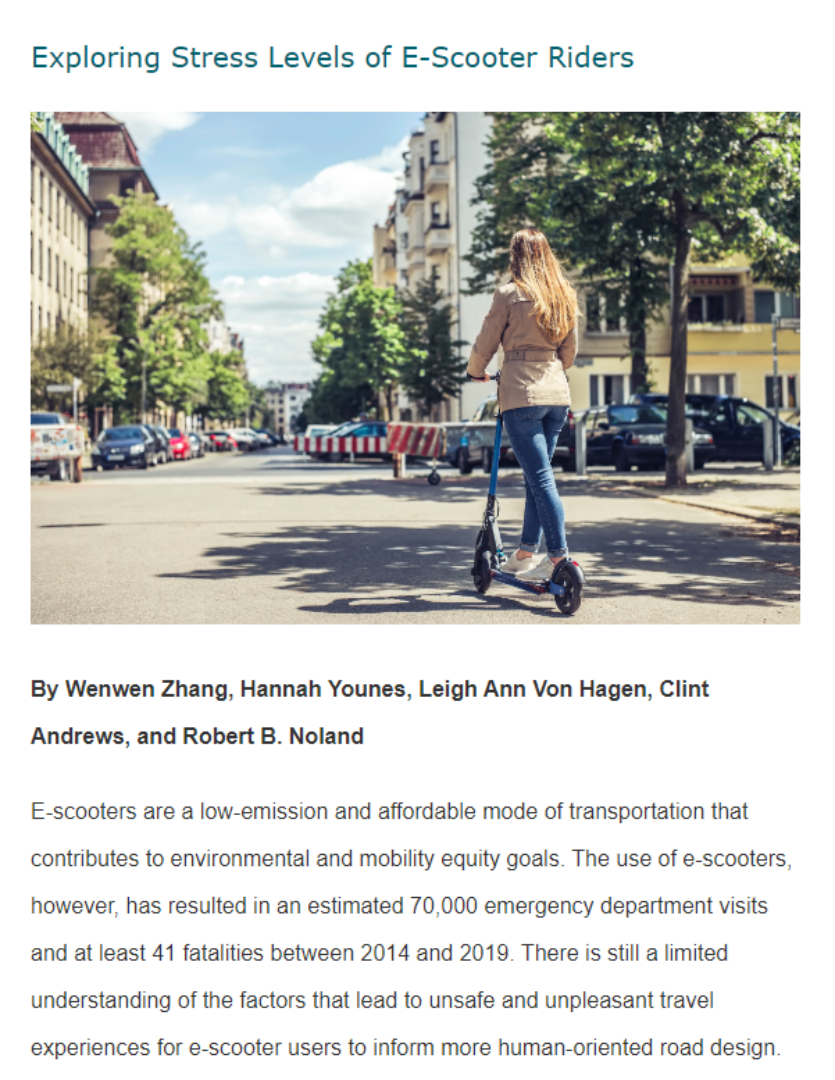
The results of this pilot data collection effort provide insights on the potential use of the latest sensor technology and computer vision algorithms to understand travel behavior for new and emerging transportation modes.
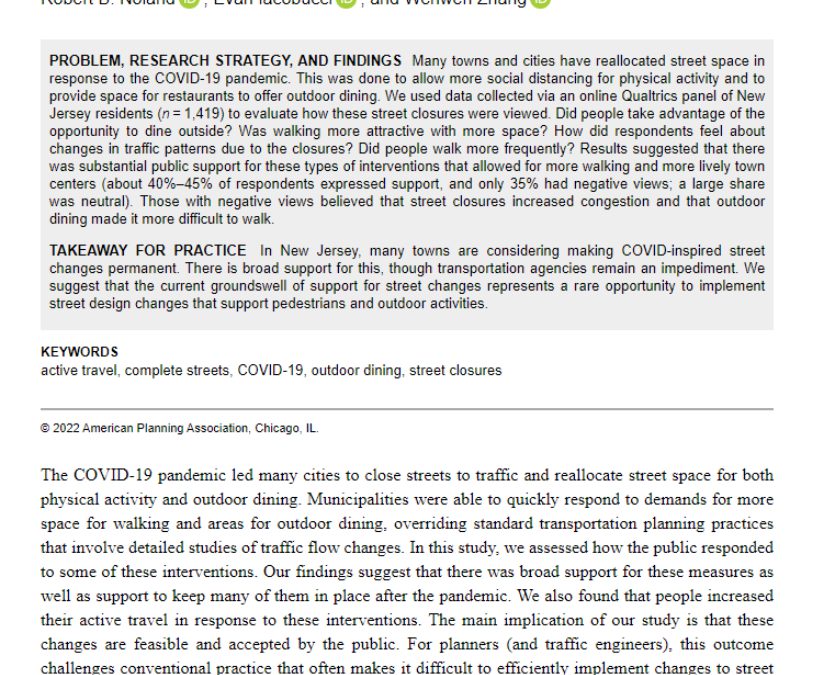
We suggest that the current groundswell of support for street changes represents a rare opportunity to implement street design changes that support pedestrians and outdoor activities.
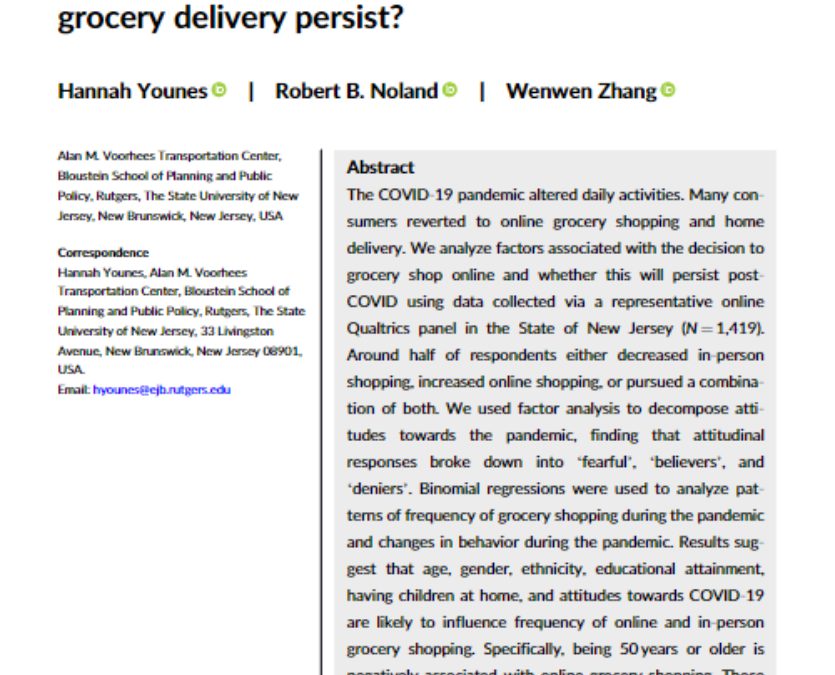
We analyze factors associated with the decision to grocery shop online and whether this will persist post-COVID using data collected via a representative online panel.
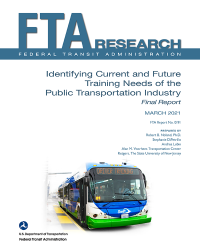
This report identifies the training needs of the public transportation industry.
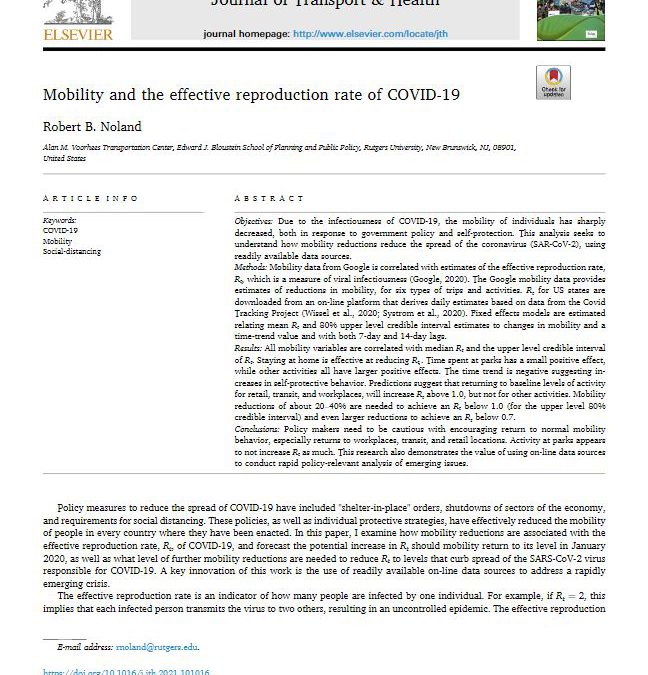
In an effort to understand how changes in mobility are associated with the spread of the coronavirus, mobility data from Google correlated with estimates of the effective reproduction rate, a measure of viral infectiousness.
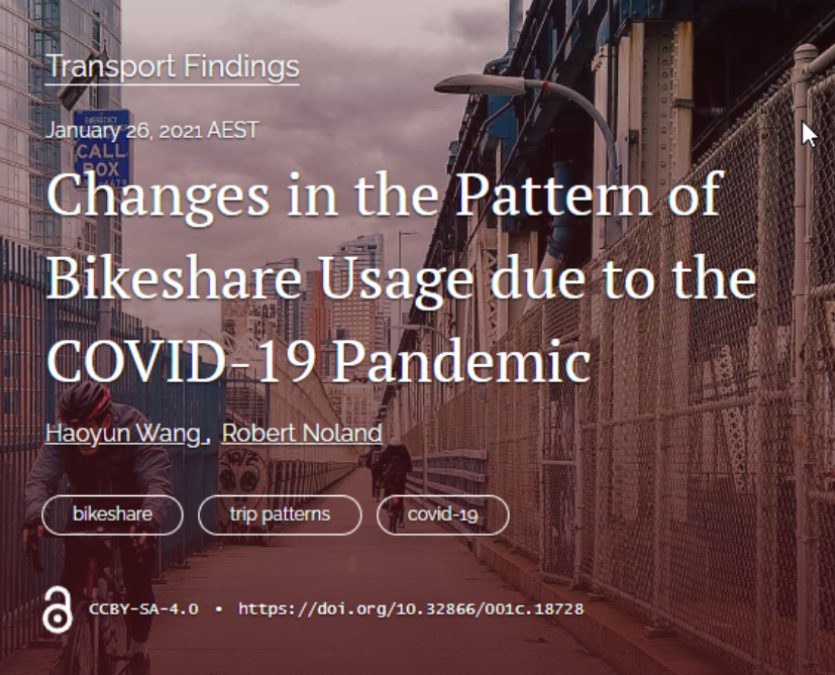
Bikeshare use in New York City dropped substantially during the initial months of the COVID-19 pandemic, but by summer of 2020 had largely recovered to pre-pandemic levels. The patterns of usage, however, have changed.
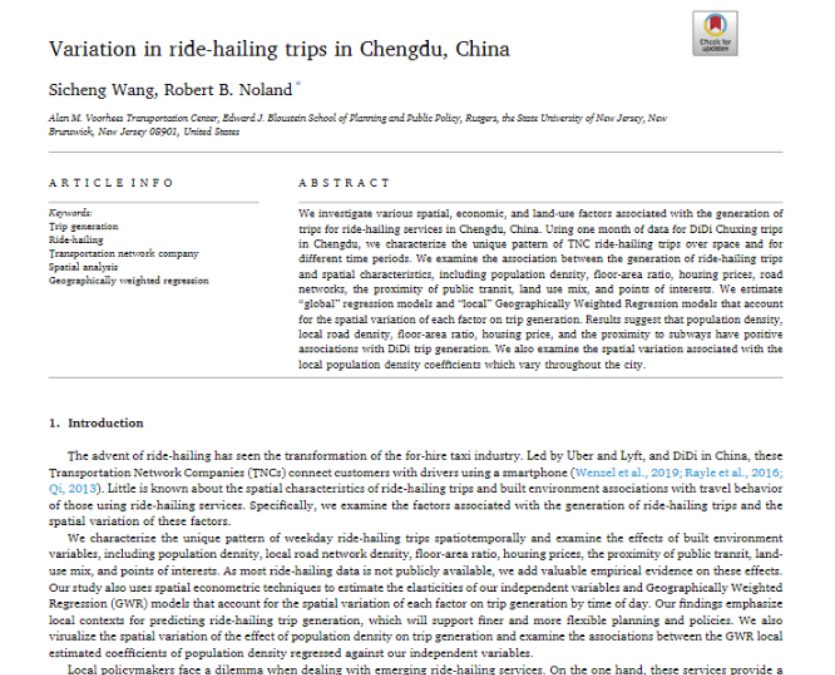
A new paper looks at the elasticities of demand for ride-hailing service provider DiDi in Chengdu, China.
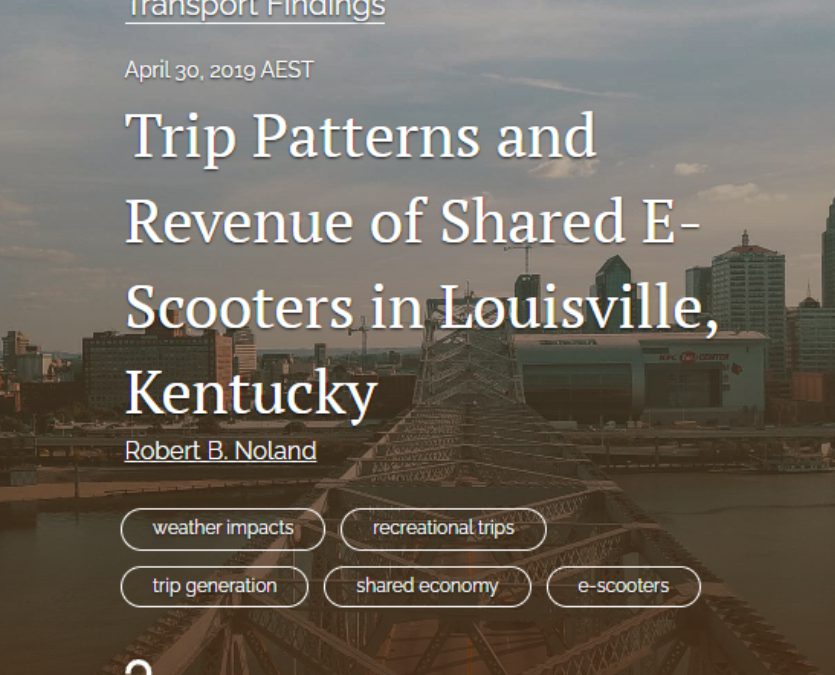
Data on shared e-scooters in Louisville, Kentucky are analyzed.
Though data on fatal crashes are available through the Fatality Analysis Reporting System (FARS) and are readily available to the public, many states do not make their crash data (including injuries) easily accessible for the public and the research community. The...
Trail networks enhance community well-being, providing accessible options for walking, biking, and rolling while promoting sustainability and economic vitality. In New Jersey, investing in trails and shared-use paths supports mobility, safety, and environmental goals,...
From labor-saving inspection drones to safety-enhancing techniques for bridge repair and preservation, a multipronged New Jersey Department of Transportation technology transfer initiative is helping to advance innovation throughout the agency and state. The goal:...
With improved portability and affordability, eye tracking devices have facilitated an expanding range of cycling experiments aimed at understanding cycling behavior and potential risks. Given the complexity of cyclists’ visual behavior and gaze measurements, we...